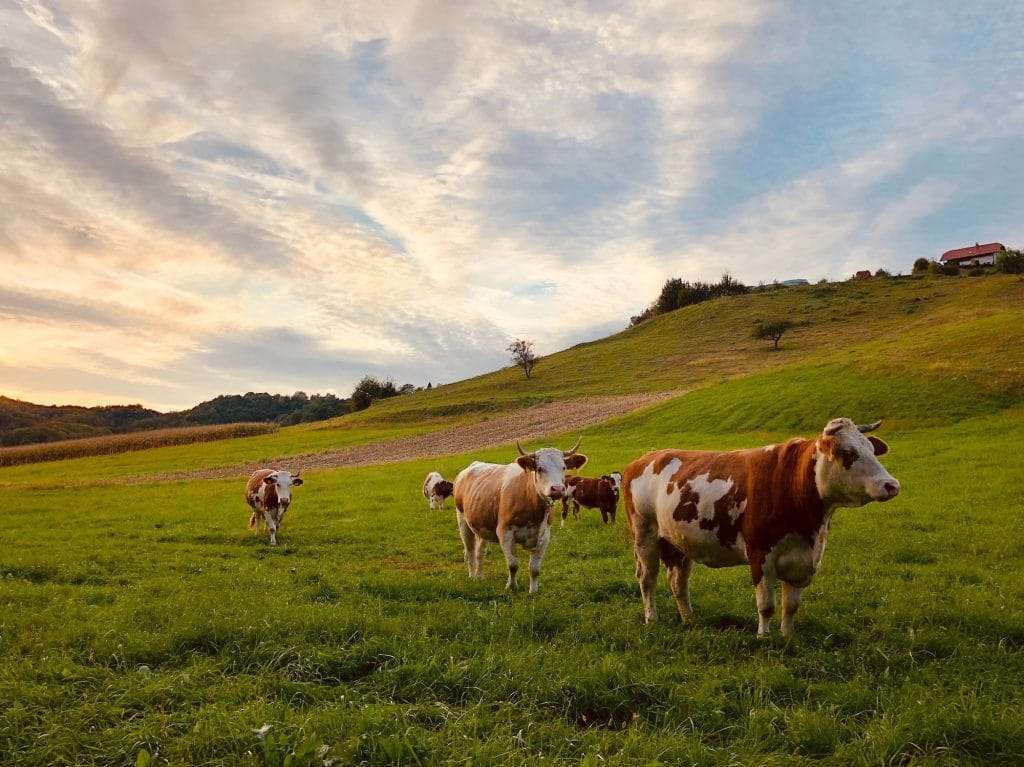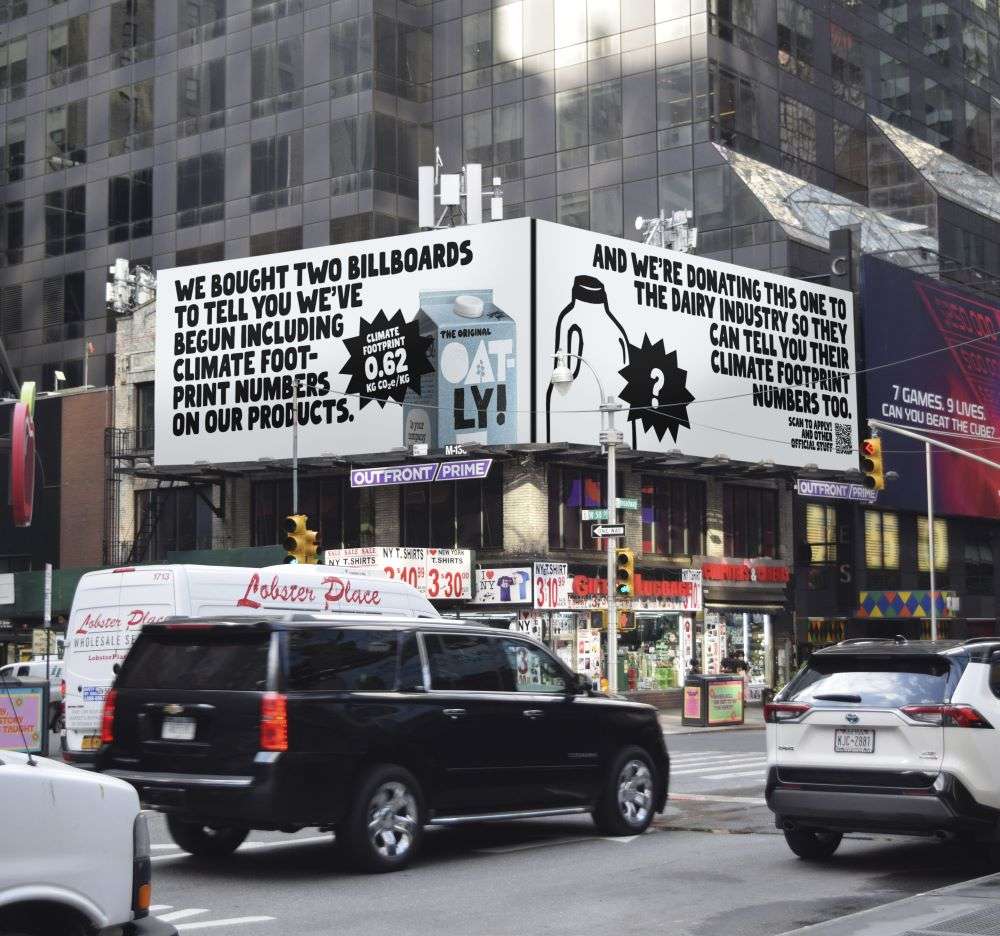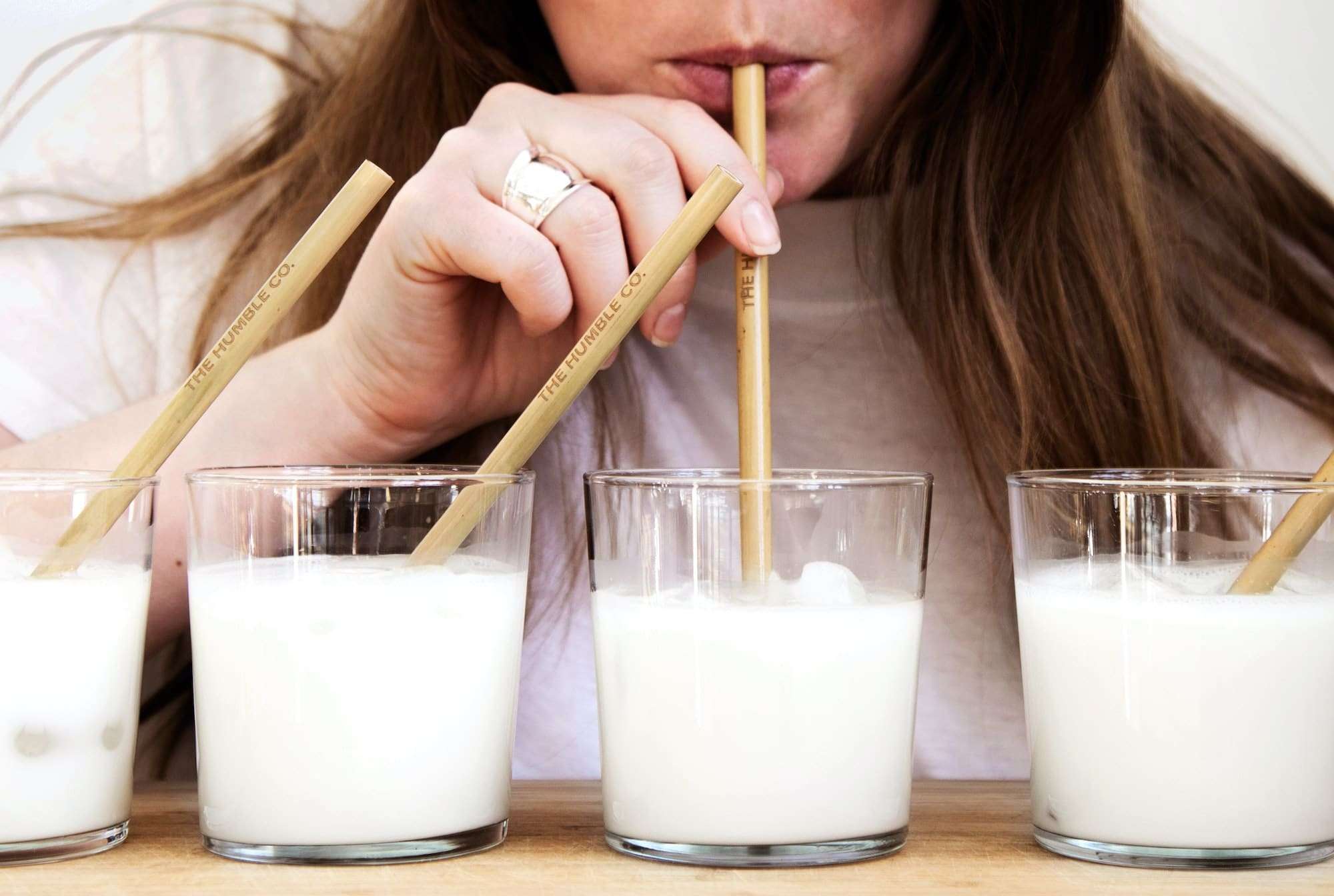Organic milk, the darling of the dairy industry, appears to be facing the same struggles as conventional dairy as the USDA announces a new $100 million marketing assistance program.
While conventional dairy sales have been steadily declining since the 1970s, organic milk consumption went in the other direction, with sales continuing to skyrocket since the National Organic Program’s launch two decades ago.
The total dairy category grew 14 percent from 2016 to 2019 to $1.59 billion, while the organic category grew from 2016’s $7.56 billion to nearly $10 billion — a CAGR of 31 percent. That’s according to a recent organic survey by USDA’s National Agricultural Statistics Service.
Despite its growth, though, organic milk accounts for only about 3.5 percent of all fluid milk sales. Dairy-free milk, which has only really taken off in the last decade — half as much time as the organic sector’s been around — now has a 5.8 percent market share.
Organic dairy bailout
This week, the USDA announced the launch of the Organic Dairy Marketing Assistance Program (ODMAP), aimed at bailing out organic dairy producers.
The agency says the program will help mitigate market volatility, higher input and transportation costs, as well as unstable feed supply and prices that have created unique hardships for organic dairy producers. ODMAP makes $104 million available for organic dairy operations to help support their marketing efforts in 2023.

“Organic dairy producers have faced significant and unique increases in their marketing costs, compounded by increases in feed and transportation costs and the limited availability of organic grain and forage commodities,” FSA Administrator Zach Ducheneaux said in a statement.
The move earned praise from organic industry leaders.
Adam Warthesen, co-chair of the Organic Trade Association’s Organic Feedstuffs Relief Task Force, and Senior Director of Government and Industry Affairs for Organic Valley said that because of unprecedented organic feed costs and inflationary pressures over the last couple of years, “resources like ODMAP are really going to matter as farmers plan for the rest of this year.”
Britt Lundgren, Senior Director of Sustainability and Government Affairs at Stonyfield, said the USDA is “right to step in and offer support,” calling this round of assistance, “a good first step.”
But the news comes as recent animal agriculture research found methane emissions — dairy farms are among the biggest producers of methane — are largely unregulated by emissions policies. The research found only 13 percent of methane is regulated. While conventional dairy is producing far more methane than the organic sector due to its significant market share, organic dairy also produces methane — by some accounts, it produces even more.
Is organic dairy a climate solution?
Just last month, the USDA announced a new effort to expand the market opportunities for “climate-smart” commodities. The five-year project will provide technical and financial assistance to producers, implement monitoring and reporting tools for measuring emissions, and develop markets for climate-smart commodities.

But according to the Swedish oat milk giant Oatly, dairy is not part of a climate-smart future. Earlier this month, the barista favorite challenged the dairy industry to put its money where its mouth is on climate efforts. It offered up a free prime billboard spot in Times Square to any dairy company — organic or otherwise — that could be transparent about its climate impact.
None have yet to answer the query.
That’s likely because they would struggle to make the case that dairy is anywhere near as climate smart as its plant-based successors. And that goes for organic dairy, too. A 2020 study found organic dairy production was only slightly less damaging to the climate than conventional, even when regenerative agriculture practices were employed.
And that damage is significant. A single glass of dairy milk produces about 0.6kg of emissions — and uses more than 1,000 liters of water.
According to Our World In Data, “what you eat is far more important than where your food traveled from,” writes Hannah Ritchie. She says that GHG emissions from transportation make up a very small amount of the emissions from food — it’s whether or not the food comes from animals that’s the real concern.
Organic dairy is often a local product; it’s not just a source of pride for consumers that they’re supporting their local farmers, but that they’re also keeping their transport emissions down. “Eating locally would only have a significant impact if transport was responsible for a large share of food’s final carbon footprint. For most foods, this is not the case,” Ritchie said.

There’s perhaps an even bigger issue at play, too. According to The Washington Post, some organic dairy isn’t organic at all — at least not by the USDA’s standards. That’s due to loopholes in the verification process that have historically allowed for self-verifying whereby dairy producers pay the certifiers directly for the organic inspections. (In January, the USDA announced crackdowns on organic fraud and price gauging, giving the industry a year to comply.)
But organic or otherwise, dairy is a problem for the planet, particularly as the food system is in crisis, according to chef José Andrés who announced the launch of his Global Food Institute on Monday.
“Our global food system is experiencing a crisis, brought on by systemic inequities, rampant hunger and poverty, the climate crisis, and deteriorating public health and nutrition,” Andrés said in a statement.
And Ritchie points out that a study published in the journal Environmental Science & Technology found substituting less than one day per week’s worth of calories from beef and dairy with alternatives such as plant-based meat or milk is hugely significant in combatting climate change. She says it reduces GHG emissions “more than buying all your food from local sources.”
Oatly’s North America Director of Sustainability, Julie Kunen, told Ethos that one-third of global greenhouse gas emissions come from the food system, which includes organic production. “And about half of the food sector’s emissions come from livestock, or the animal-based sector,” she said. It’s no wonder that billboard is still empty.
“The greatest impact we can have as a company,” she said, “is to convert dairy users into Oatly consumers.”
Related on Ethos:


